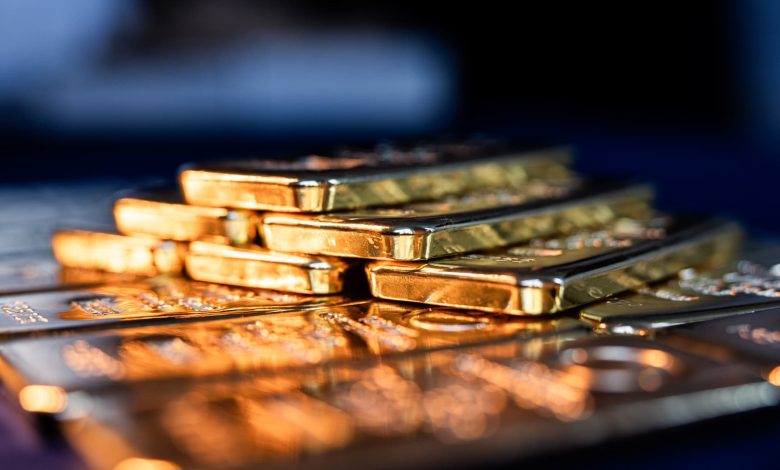Morgan Stanley, UBS, Deutsche Bank turn bullish

Wall Street strategists have turned bullish on gold after a pullback in the precious metal’s price since U.S. President Donald Trump unveiled “reciprocal” tariffs on most countries worldwide. Morgan Stanley said gold was its “top pick” among commodities, while UBS strategists urged investors to “buy the dip in gold” and the price action in the metal over the past week suggested it was a “feather in gold’s cap,” according to Deutsche Bank. Morgan Stanley said its worst-case scenario reflects a recession in the United States, which typically leads to a dash for safe-haven assets like gold. The Wall Street bank’s commodity strategist also pointed to worldwide central bank gold buying as well as ETF fund inflows were rising “meaningfully” for the first time since early 2022, providing fundamental demand for the shiny metal. @GC.1 YTD line “We see macro drivers starting to drive the gold price again, alongside still robust physical demand,” said Amy Gower, Morgan Stanley’s head of metals and mining commodity strategy, in a note to clients on April 8. Gower’s team is forecasting that precious metal prices could rise to $3,500 per ounce by the third quarter of this year. Meanwhile, UBS strategist Joni Teves said technical reasons were behind the decline in gold prices since April 2, including profit-taking by investors and forced sales by some hedge funds facing margin calls. Teves also pointed to a tariff exemption for gold removing hoarding pressure from U.S. investors. The UBS strategist said there were still fundamental reasons to buy gold. “We think that escalating tariff tensions, persistent high levels of uncertainty, and rising recession/stagflation fears should further reinforce investors’ demand for gold as a safe haven,” Teves said in a note to clients on April 9. Deutsche Bank analyst Michael Hsueh said gold’s price movement correlation turning negative against equity price movement was a “significant development.” Previously, gold and stock price movements were temporarily correlated. The strategist also added that gold price stabilizing around the $3,000 mark, and not falling alongside 30-year U.S. Treasury bonds earlier in the week was “consistent” with a “structurally positive gold narrative.” “To the extent that gold is not caught up in the selloff in long-end Treasuries is a second factor in gold’s favour,” Hsueh told clients in a note on April 9. — CNBC’s Michael Bloom contributed reporting.



